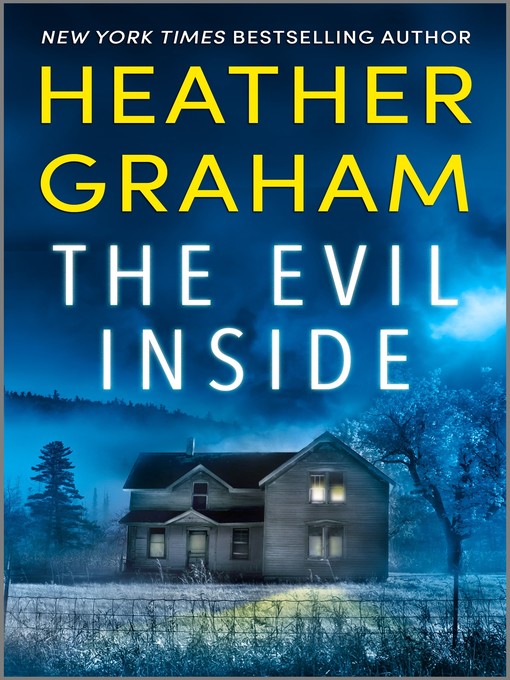

Next to Bruce Campbell and his boomstick, it’s the naughty gnarly Deadites that truly separate your everyday splatter flick from the Evil Dead-inspired splatter flick. The cackling undeadĭemon Wind (1990) Image: United Filmmakers Years before Ash warred with his possessed hand in Evil Dead II, Sammo’s “Bold Cheung” would do the same, simultaneously battling his own limb and guards in a body-flinging restaurant brawl. Beyond kickstarting the jiangshi (aka hopping vampire) subgenre, Sammo’s madcap gag-a-minute set-pieces (creepy demon hands reaching through mirrors? Check) and the physicality of the ghoul/ghost/sorcerer-tormented lead role foreshadow the unbounded Looney Tunes energy Bruce Campbell would bring to Ash. Hung’s exacting, inventive, and blistering direction helped revolutionize the Hong Kong film industry alongside contemporaries like Jackie Chan and Yuen Woo-ping, with Spooky Kind in particular leaving its mark on the era’s horror comedies.


No film invites such parallels more than Sammo Hung’s 1980 horror comedy Encounters of the Spooky Kind. Her red-eyed form straddles the ghost women of Yotsuya Kaidan or modern J-horror with the kind of acrobatically aggressive axe-wielding and distorted cackling that would plague the victims of the Evil Dead a few moments become so delirious that Ohwada’s struggle and expressions even recalls Campbell’s similar over-the-top performance during his fight against the undead.Ĭonsidering he would serve as executive producer on John Woo’s Hard Target, and described the famous Hong Kong director as action’s Hitchcock equivalent, one can’t help but wonder if Hong Kong’s horror output left its mark on Raimi while assembling The Evil Dead’s slapstick spooks. Tormented protagonist Ryuichi (Shin’ya Ohwada) finds himself battling his dead wife (possessing her sister Mako) in a bloody, effects-laden, grueling brawl of a climax. Much of the film is a sprawling convoluted saga of wrathful spirits, accursed fates, dog maulings, at least one flying canine head, exorcism rituals, dark village secrets, uranium mining, and even a roving biker gang for good measure, but the final act is when any Evil Dead fan might start to get a dash of deja vu.Ĭurse of the Dog God (1977) Image: Toei Company

The evil inside movie 2012 series#
Ito’s best known for his Meiko Kaji-led exploitation series Female Prisoner Scorpion, and Curse marries those films’ painterly imagery with merciless folk horror. Each night erupts into a onslaught of dizzying camerawork and gleeful torment within claustrophobic chapel confines the escalation from flying coffin to stunning array of hellish beasts - realized through camera tricks, costumes, and stop-motion - is a display of filmic kineticism and imagination whose impact still shines.Ī decade later, Shun’ya Itô’s Curse of the Dog God (1977) similarly evokes the Deadites that would torment Bruce Campbell and company only a few years later. The misfortune of foolish seminary student Khoma (Leonid Kuravlyov) leads the man to endure three nights of vigil and prayer for a village merchant’s deceased daughter… who also happened to be a vengeful witch seeking to drive him insane. The direction, creature designs, and dark supernatural whimsy come across as a Rosetta Stone for Raimi, Tim Burton, Hausu’s Nobuhiko Obayashi, and entire strands of Italian and Japanese horror. Konstantin Yershov and Georgi Kropachyov’s 1967 Soviet folk tale Viy might be seen as a fitting predecessor to Evil Dead, but it’s a bigger deal than that. Before delving into the influence of the Evil Dead movies on horror, it’s important to look back.


 0 kommentar(er)
0 kommentar(er)
